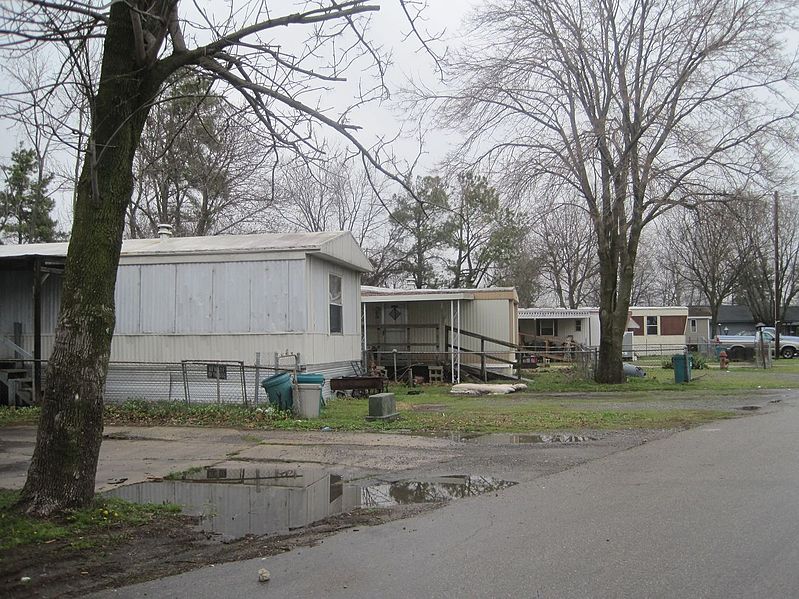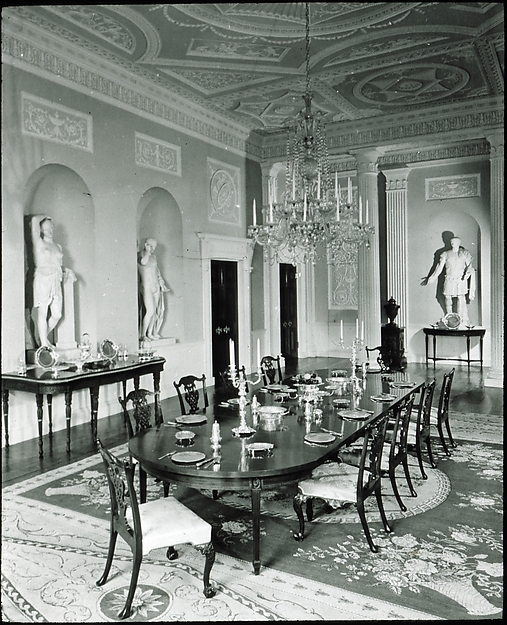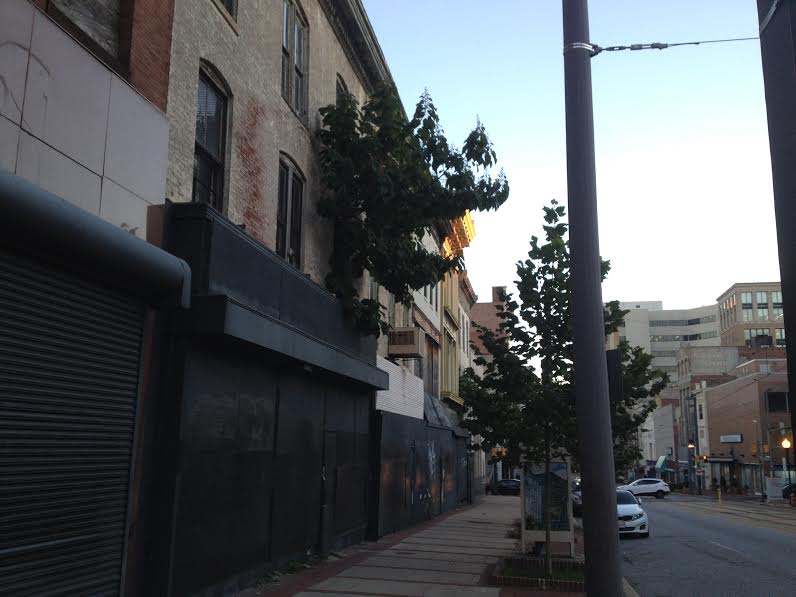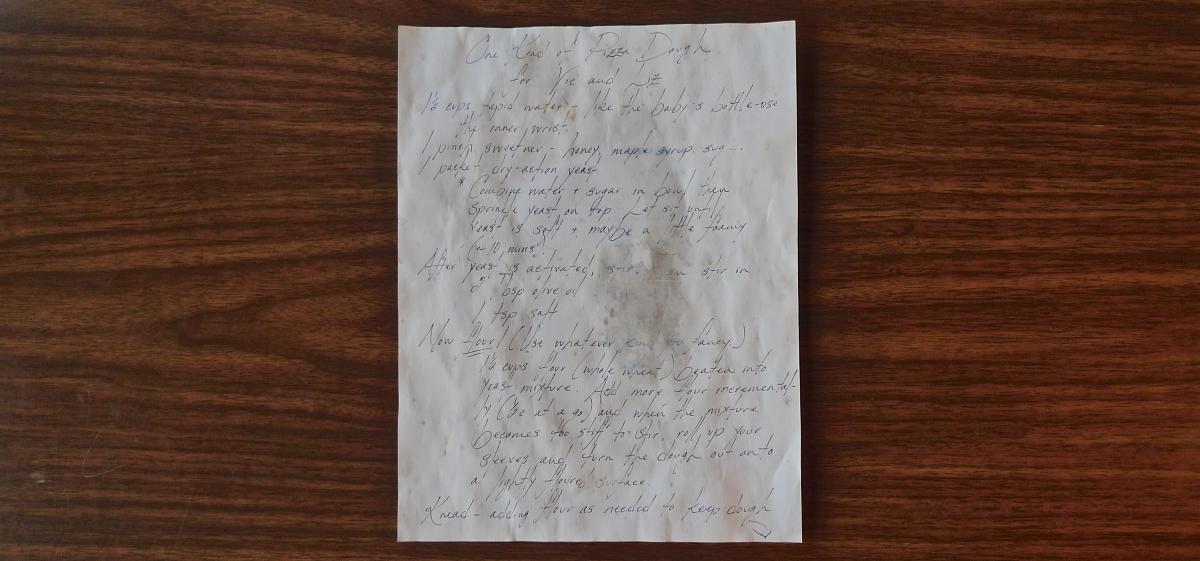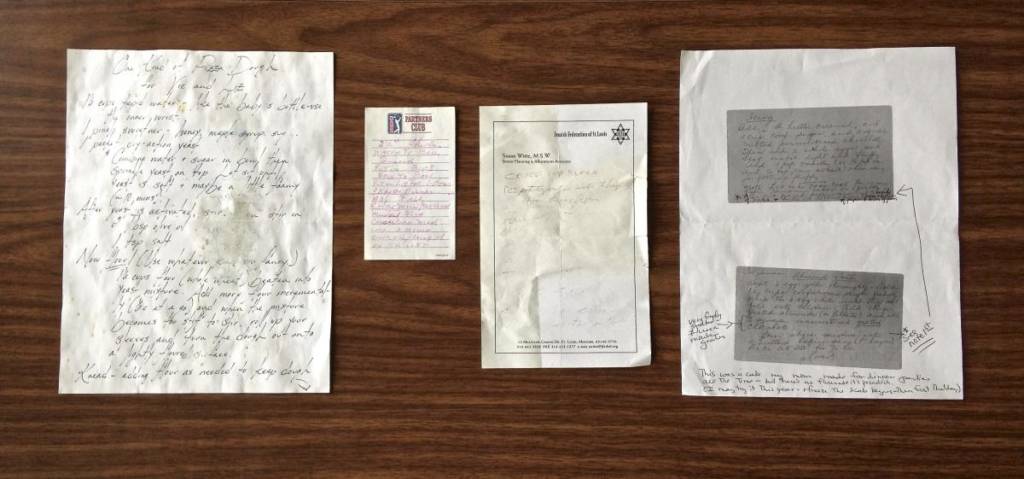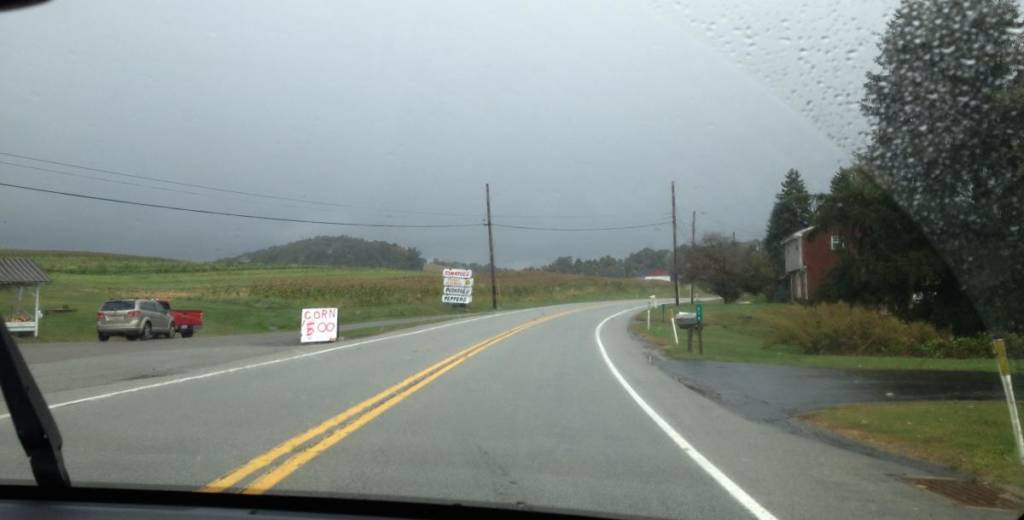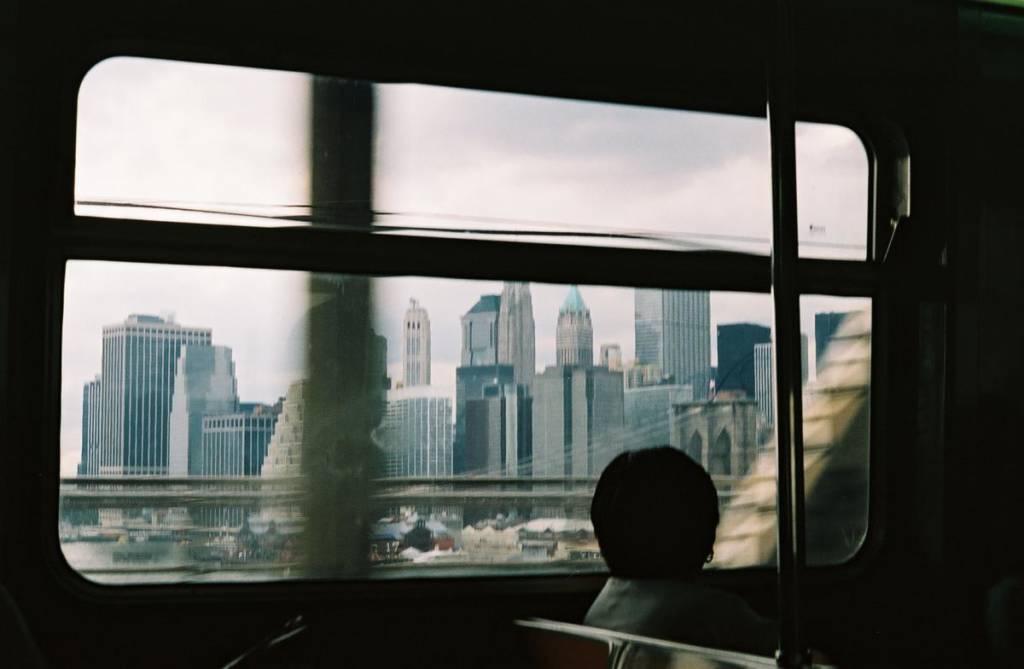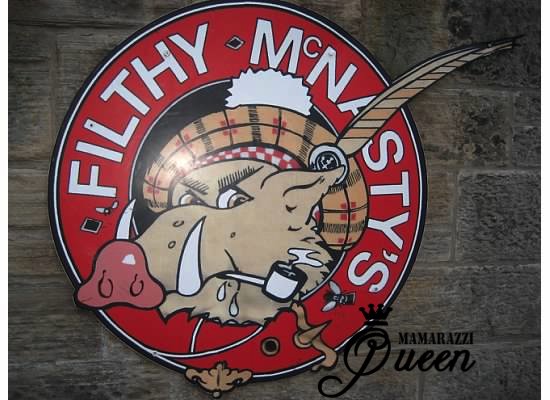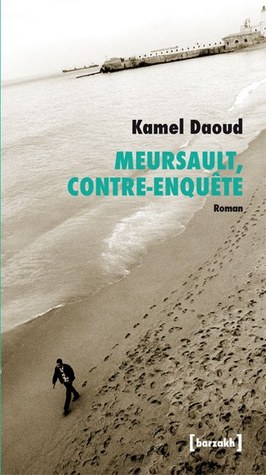The town was segregated, not by laws but by economics. The lines were almost too stark. The northeast side of town was the “black side of town” while the southwest side of town, the farthest away from northeast, was the well-to-do, upper-middle-class “nice neighborhood.” The truly well off lived outside city limits in large homes built along cul-de-sacs in the middle of hardwood forests. I lived in the giant trailer park north of town, just across the railroad tracks from the NE housing projects.
It had nearly 400 trailers, a hamlet of tin cans. The trailers were singlewides, mostly from the 60s and 70s, and placed close together with small patches of grass between. They were set on concrete pads and anchored with “tornado straps,” metal bands bolted into the ground. It was a cheap place to live. A guy I worked with at Domino’s Pizza had lived there and sold his trailer to me and my friend Jon for $2,000. Lot rent was $100 a month, including water and trash.
